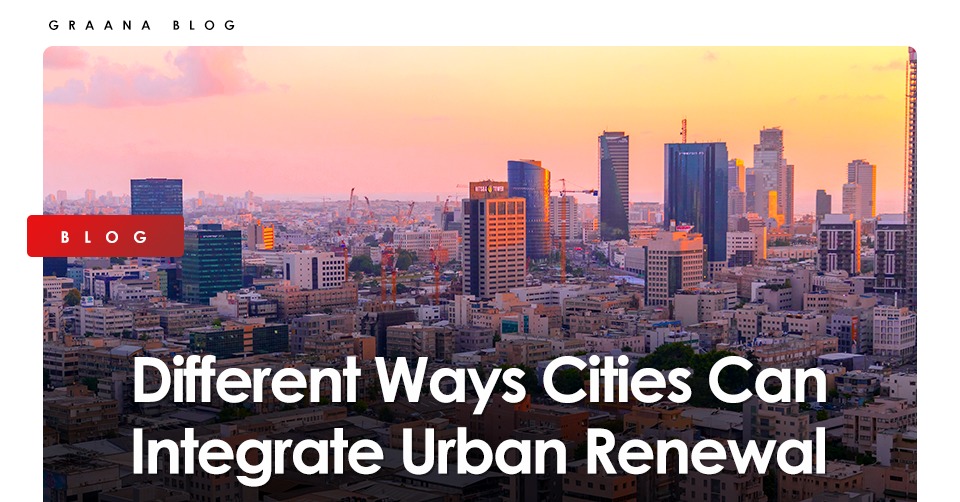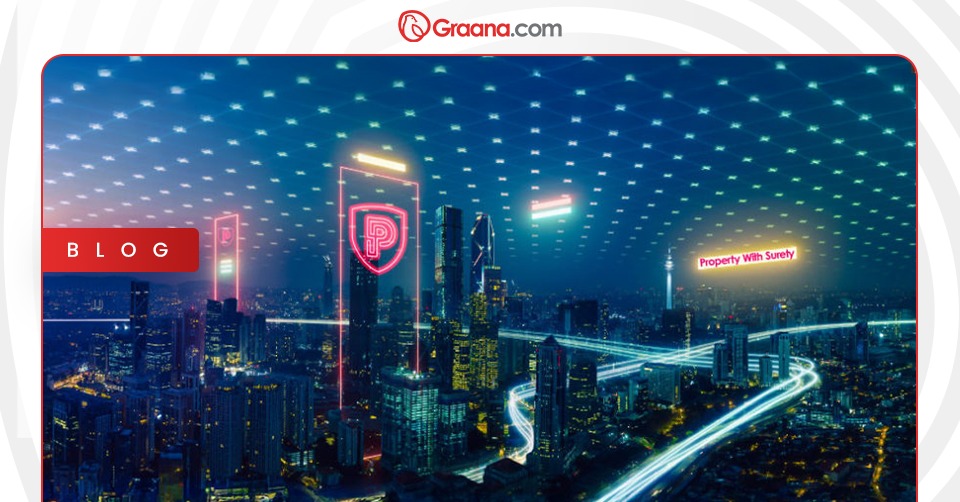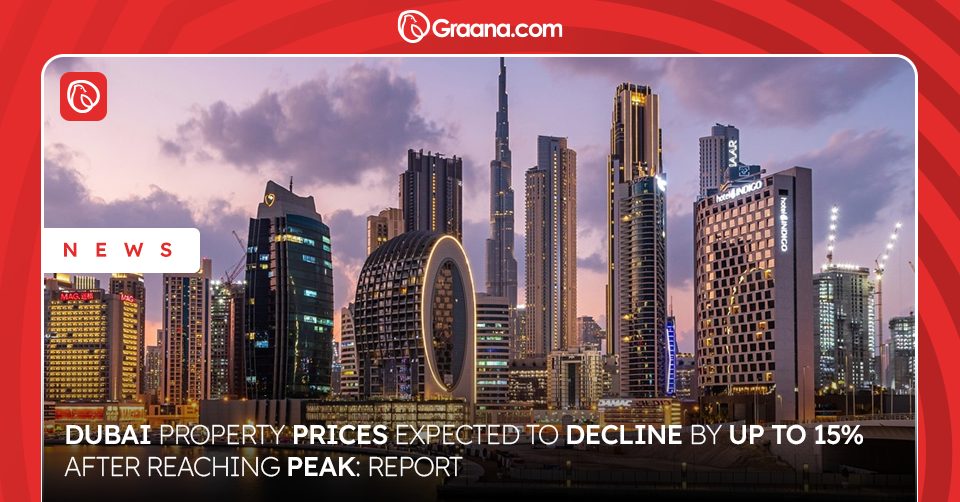Urban renewal is an economic and development tool to renovate and resuscitate the aggravated conditions of impoverished or degenerated regions in an urban city. Such regions are marked with dilapidated infrastructure, stunted economy, lack of private investment, inadequate sanitation, unfit living conditions, deteriorating buildings/houses, contaminated water, and so on. Urban renewal breathes a new life in such unsustainable regions and stimulates private investment and sustainable solutions.
Urban renewal revolves around slum improvement, urban regeneration, and gentrification. It can include renovation, relocation, upgradation and demolition of existing structures. Public investment in road upgradation, street cleaning, and improving linkages stimulates the region’s economy as improved infrastructure attracts private investment.

Urban Renewal Process
There are two major ways through which urban renewal can be adapted – regeneration and gentrification.
- Urban Regeneration:
Urban regeneration is the redevelopment of dilapidated areas marked with poor environmental conditions, high population density, congestion, and related urban problems. It includes improving physical infrastructure through demolition and construction, renovation, and exciting start-ups to reverse the economic downturn and pump up private investments. Most importantly, regeneration does not include relocation or resettlement under any condition. It is also known as a ‘retrofitting’ or ‘revitalisation’ program.
Urban renewals target congested areas, introduce new land uses, improve linkages to business centres of the city, increase municipal services and amenities, add an aesthetical value, and drive rental and property matters upward. The imminent surge in property values motivates private investors to invest in the region’s regeneration. As a result, congestion, crime rates, and intolerance decrease. A new life and revived community activism emerge to save the region from urban decay.
Ways to Regenerate Urban Areas
- Upgrade transportation networks to improve connectivity and elevate ease of doing business.
- Mending the dilapidated building and improving the street structure.
- The government should offer housing subsidies that incentivise and target the inner-city population to buy property in the region.
- Work with private partners to regenerate the area and add economic stimuli.
- Support small start-ups to kickstart the economy.
- Incorporate mixed land-use to attract more population.
- Support commercial areas, local schools, water plants, waste management, and affordable housing in the region.
- Tree plantation to increase greenery in the area and boost air quality.
- Support small vendors (vegetable sellers, stationery shops, restaurants, etc.).
Urban Gentrification:
Urban gentrification is characterised by transforming a metropolitan area from a low-value region to a high value. If urban renewal is targeted to develop a dilapidated region in a high-value neighbourhood, it can be categorised as urban renewal. Other times, it can result from specific urban renewal programs that inflate the region’s property values.
The term is derived from “gentry”, which means people of a higher social status. In 1964, the term was reintroduced by a renowned sociologist, Ruth Glass, when she studied the influx of middle-class residents into the previously low-income areas of London that belonged to the working class. Urban gentrification is often carried out under the clause of eminent domain, whereby public authorities can compulsorily reclaim private land for civic purposes.
Elements of Gentrification:
- High property and rental value
- Displacement of residents as property rates surge high
- It can be politically driven
- A rapid rise in employment and business
- Physical improvement
- An upper-middle-class character
- A surge in city amenities
- Increased traffic inflow
- A direct effect on the housing market
- High rate of taxation
- Increased transportation cost in accessing central business districts (CBD)
The Impact of Gentrification:
- Change in Neighbourhood Character: Gentrification is a process that tends to displace the existing low-income residents of a region because the abject transformation of the neighbourhood from low value to high value makes the living standards extravagant. For this reason, such a renewal attracts criticism from the public—the entire fabric of the community changes from events to cultural values to street flavour. Therefore, gentrification can lead to socio-economic and political issues.
- Economic benefits: Gentrification benefits public investors and young families searching for affordable housing in new towns and societies. It generates more tax revenue for the local municipalities as the economic activity rises. Young families can find a safe and reasonable living place with many public services and amenities.
- Social Cost: In gentrification, there’s a human cost involved. It reduces the capacity for long-time dwellers to afford their living in an upgraded area marked by expensive services and inflated goods. There’s a chance that a chunk of the population can get displaced or need to be migrated, especially if the gentrification upscales an informal settlement or a slum.
- Private Investments: In gentrification, private investment also surges and opens avenues for new businesses, new government initiatives, real estate development, reduced crime rate, and more community activism.
In totality, gentrification means different things for different sections of society. For the well-off people, it presents an opportunity to acquire safe land. For private businesses, it opens up new market streams to elevate their sales. For governments, it offers a well-sustained tax base. For the local people, it can be a cost if their incomes do not grow simultaneously with the rising prices in the region. If gentrification leads to displacement, it can be deemed a failure of urban planning as it fails to sustain the existing population. In other words, gentrification has a human cost involved, which can lead to displacement, urban sprawl, and mushrooming of slums if not taken into consideration. Hence, urban renewal should always be targeted to rebuild and resuscitate existing communities, not to resettle.
Grab the best options for Residential Properties for Rent:




